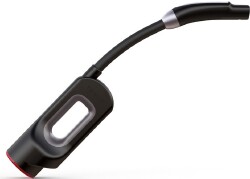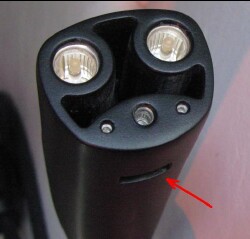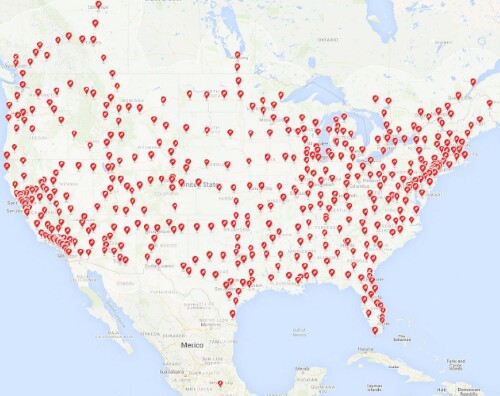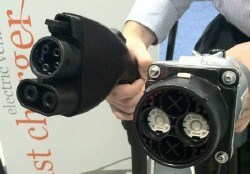
L. David Roper, http://www.roperld.com/personal/roperldavid.htm
01-Dec-2016
BEV = Battery-Electric Vehicle. PHEV = Plug-in Hybrid-Electric Vehicle. EV = both
Many EV drivers can charge their EVs overnight in their driveways or garages. With the advent of >200-miles-range BEVs (e.g., the Chevrolet Bolt EV), apartment dwellers can drive them similar to the way they drive gasoline cars, refueling as needed at local fast-charging stations.
There are three levels of charging stations for non-Tesla EVs and 3 Tesla charging stationsfor electric vehicles:
Level-1 and Level-2 use the SAE J1772 plug: 
Level-3 CHAdeMO plug:  ; Level-3 SAE CCS plug:
; Level-3 SAE CCS plug:
Tesla BEVs have adaptors to attached the Tesla to Level-1, Level-2 and Level-3 charging stations.
E.g., the Tesla adaptor to connect to the CHAdeMO plug: 
There are three kinds of Tesla charging stations:
Tesla standard plug:  . Tesla joins 150-kW CCS.
. Tesla joins 150-kW CCS.
Charging curves for several Tesla Model S versions:
The same type of curve applies to charging all EVs; i.e., charging starts off fast and slows down to approach the asymptote of fully charged. So, charging to 80% is much faster per kWh than charging to 100%.
Tesla Superchargers by end of 2016: 
Tesla Superchargers in SW Virginia: Wytheville VA 6 stations; Lexington VA 6 stations
Suppose an electric vehicle has a battery that contains 60 kWh of useable energy; then the charging times for the three levels of charging stations are:
A BEV is hardly ever empty; I plan my Nissan LEAF trips to have 20% charge left when I get home or to a charging destination. I use the LEAF's timer to charge it to 100% by 6 AM every morning.
Discussion is underway about 350-kW charging stations for the future!
Drivers of the Nissan LEAF can upgrade the 120-volt EVSE cable that comes with the vehicle such that it can also be used with a 240-volts NEMA-L6-20R outlet. Drivers of other electric or plug-in-hybrid vehicles that use the J1772 plug (e.g., Ford Focus EV, Mitsubishi i-MiEV, Chevrolet Volt) can purchase the revised LEAF EVSE for $979 + $20 shipping and then sell the EVSE that came with the vehicle. It costs another $48 to change the LEAF EVSE 240-volts from 12 amperes to 16 amperes.
In SW Virginia the following prices for Level-2 charging stations existed in 2016:
In SW Virginia the following places have the Tesla Wall Connector:
In southwest Virginia the following prices for Level-3 charging existed in 2016:
 SAE on left, ChAdeMO on right.
SAE on left, ChAdeMO on right.